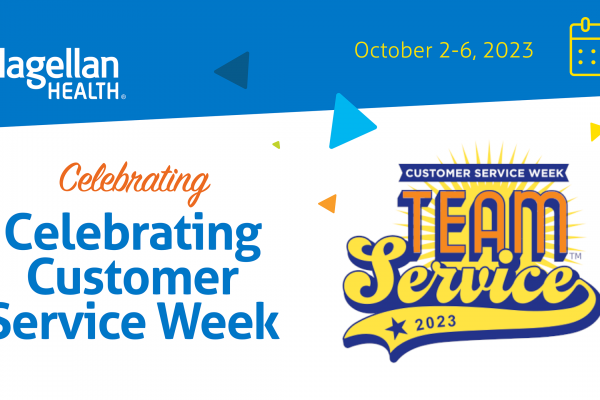Prior authorization (PA) goes by many names—preauthorization, preapproval, advance notification, precertification and preadmission, to name a few. All these terms refer to the utilization management (UM) process used by many U.S. health insurance companies to ensure patients receive the right services, equipment and prescriptions at the right time and place. PA requires healthcare providers to request and obtain approval before rendering certain services, equipment or prescriptions in order to receive insurance reimbursement for those services. Not everything requires PA. Typically, authorization is needed for more complex services such as hospital admissions, diagnostic tests, medical equipment and complex prescription medications.
The PA process is intended to act as a safety and cost-saving measure. It can lower costs to the patient, prevent unnecessary or invasive procedures, and reduce the use of unnecessary tests that may expose patients to potentially harmful radiation and/or undue stress. For example, up to half of advanced imaging procedures ordered fail to provide information that improves patients’ welfare.[i] In addition, despite studies demonstrating overuse, rates of advanced imaging procedures continue to rise—increasing costs and exposing consumers to excessive radiation. Despite its benefits, the prior authorization process needs an upgrade.
According to the 2018 CAQH Index , manual prior authorizations (via fax or telephone) are the second most-costly medical administrative transaction, costing providers $6.61 per submission. Providers estimate their staff members spend up to 30 minutes completing one manual prior authorization. While manual prior authorization is a much-debated topic due to the time and cost it requires, many parties support standardizing and simplifying the process.
Technology can significantly decrease the need for expensive manual processes. According to the 2018 CAQH Index, the medical industry could save $417 million annually by transitioning to electronic prior authorizations, which includes $278 million in annual savings for providers and $139 million for health plans.
While many health plans offer web portals to process prior authorizations, this approach requires providers to use different online systems for each health plan. Instead, digital solutions should include automation within the electronic health record (EHR) and the physician’s workflow. Automation is essential to reducing inefficiencies for providers and health plans and enabling authorizations at the point of care while maintaining clinical integrity.
The goal is to make the right decision for each patient—quickly and easily so patients get the care they truly need. Automating prior authorizations will benefit everyone involved.
[i]Beachy, D. (2014, September 8). Defensive medicine driving up wasteful imaging. Retrieved from https://www.healthimaging.com/topics/healthcare-economics-policy/defensive-medicine-driving-wasteful-imaging.





